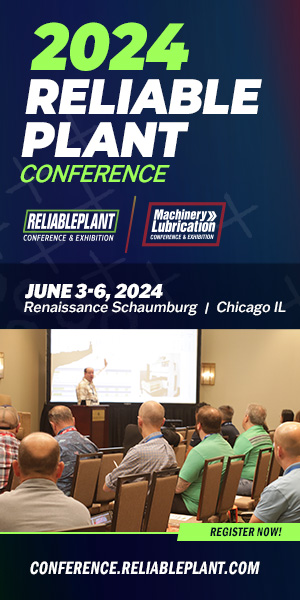The Lean Enterprise Institute just celebrated its 10th anniversary with a small, private conference near our headquarters in
- 14 published titles with half a million copies sold in 14 languages.
- 24 workshops plus a management seminar.
- 13,000 participants educated in the workshops and seminar.
- A series of memorable Lean Enterprise Summits, Lean Manufacturing Summits and our current Lean Transformation Summits.
- The Lean Enterprise Partners program where we conduct experiments on the best approach to a lean transformation.
- Our Web site, at www.lean.org, where 130,000 lean thinkers have joined the Lean Community.
- 69 e-letters from me to the 80,000 individuals signed on to the lean community who have asked for them. (Maybe I’ll convince the other 50,000 soon!)
- 13 parallel, affiliate organizations in the Lean Global Network in Brazil, Mexico, Spain, France, the Netherlands, the United Kingdom, Denmark, Germany, Poland, Turkey, India, China and Australia.
- As I review this list, I’m deeply grateful to our staff, suppliers, authors, faculty, global affiliates, and partner organizations. And I’m particularly grateful to all of those who have joined the web-based Lean Community. This has been a team effort from the beginning in which I have done only an infinitesimal part of the work.
However, back at LEI, I constantly note that the achievements listed are only inputs that might change organizational practices. The important question is: “What have these inputs created in the way of better organizational performance, the critical output?” This, of course, calls for the “check” step in Dr. Deming’s Plan Do Check Act (PDCA) cycle, raising the questions most of us don’t enjoy asking. It’s so much easier just to plan and do, and then do some more!
Here’s my conclusion about what we have accomplished. We have taken a number of steps which were absolutely necessary by:
- Introducing many lean tools, starting with value stream mapping.
- Organizing conferences – along with web-based forums and webinars – that have brought together good people struggling alone and created a community of lean practice with enhanced energy.
- Performing useful experiments on lean transformations.
But these steps were not sufficient. In fact, the amount of change in management practice and organizational performance over the past ten years has been modest. There is still only one
So what do we at LEI – and in the whole lean movement – need to do now? This is the all-important “act” step in the PDCA cycle, the equals sign in the equation.
My conclusion is that we need to describe a new approach to leadership and management that can fully utilize the many lean tools now available. This can be based in part on
- The chief engineer who oversees the horizontal flow of value toward the customer.
- The vertical function manager who asks subordinates questions rather than providing the answers and engages in a problem-defining and problem-solving dialogue using A3 analysis.
- The complete business system emphasizing management by process (of day-to-day and hour-to-hour activities by every one touching a value stream) rather than management by metrics (reported at the end of the month, quarter, or year.)
But it is clear that substantial modifications in
So, our core mission in the next phase of LEI’s life is to provide a simple and compelling model of “lean management” and “lean leadership” in “lean organizations”. We need to describe and test a model and a method that managers can follow with good results no matter what their previous training. And who knows, even
We are now on the job and we will keep you posted on our progress.
With high hopes for a lean leap in organizations in every industry during the second decade of LEI’s life,
Jim
Jim Womack
chairman and founder
Lean Enterprise Institute
Copyright, Lean Enterprise Institute (LEI),




